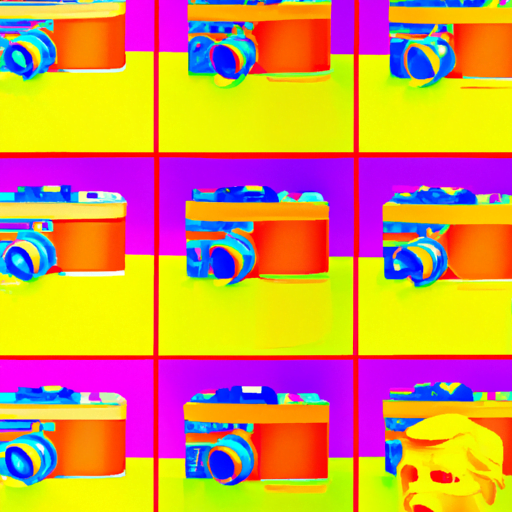
-
Table of Contents
- Using Negative Emotions to Fuel Creative Design
- The Power of Negative Emotions
- Embracing Negative Emotions in Design
- 1. Embrace the Emotion
- 2. Use Negative Emotions as a Design Brief
- 3. Seek Inspiration from Negative Experiences
- Case Study: Apple’s “Think Different” Campaign
- The Role of Empathy in Design
- Conclusion
Using Negative Emotions to Fuel Creative Design

Design is often associated with positive emotions such as joy, inspiration, and excitement. However, negative emotions can also play a significant role in the creative process. Harnessing these emotions can lead to innovative and impactful design solutions. In this article, we will explore how negative emotions can fuel creative design and provide valuable insights on how to effectively channel these emotions into design projects.
The Power of Negative Emotions
Negative emotions, such as anger, sadness, and frustration, are often seen as obstacles to creativity. However, research has shown that these emotions can actually enhance creative thinking and problem-solving abilities. Negative emotions can serve as a catalyst for change and can push designers to think outside the box.
One study conducted by the University of California, Berkeley, found that individuals who experienced negative emotions were more likely to think creatively and generate innovative ideas compared to those in a neutral emotional state. The researchers suggested that negative emotions can disrupt conventional thinking patterns and open up new possibilities for problem-solving.
When harnessed effectively, negative emotions can fuel the creative design process by:
- Providing motivation and drive
- Challenging existing norms and assumptions
- Encouraging experimentation and risk-taking
- Creating a sense of urgency
Embracing Negative Emotions in Design
Designers can leverage negative emotions to their advantage by embracing them and using them as a source of inspiration. Here are some strategies to effectively channel negative emotions into the design process:
1. Embrace the Emotion
Instead of suppressing or avoiding negative emotions, designers should acknowledge and embrace them. By accepting these emotions, designers can tap into their underlying energy and use it to fuel their creative process. This can be done through activities such as journaling, meditation, or simply taking a moment to reflect on the emotions being experienced.
2. Use Negative Emotions as a Design Brief
Negative emotions can be a powerful source of inspiration for design projects. For example, if a designer is feeling frustrated with a particular problem, they can use that frustration as a design brief to find a solution. By reframing negative emotions as design challenges, designers can approach their work with a fresh perspective and find innovative solutions.
3. Seek Inspiration from Negative Experiences
Negative experiences can provide valuable insights and inspiration for design projects. By reflecting on past negative experiences, designers can gain a deeper understanding of the emotions associated with those experiences and incorporate them into their designs. This can help create more empathetic and impactful design solutions.
Case Study: Apple’s “Think Different” Campaign
An excellent example of using negative emotions to fuel creative design is Apple’s iconic “Think Different” campaign. In the late 1990s, Apple was struggling to regain its position in the market and faced negative perceptions among consumers.
Instead of shying away from these negative emotions, Apple embraced them and used them as a driving force for their design and marketing strategy. The “Think Different” campaign celebrated individuals who had defied the status quo and made a significant impact on the world. By associating their brand with these inspiring figures, Apple was able to turn their negative image into a positive one and reposition themselves as a company that valued creativity and innovation.
The Role of Empathy in Design
Empathy plays a crucial role in design, and negative emotions can help designers develop a deeper sense of empathy for their users. By understanding and empathizing with the negative emotions that users may experience, designers can create solutions that address their needs more effectively.
For example, a designer working on a healthcare app may tap into the fear and anxiety that patients may feel when navigating the healthcare system. By incorporating these emotions into the design process, the designer can create a user experience that is more supportive and comforting, ultimately improving the overall user satisfaction.
Conclusion
Negative emotions are often seen as obstacles to creativity, but they can actually be powerful catalysts for innovation and design. By embracing and channeling these emotions effectively, designers can tap into new perspectives, challenge existing norms, and create impactful solutions. Negative emotions provide motivation, encourage experimentation, and create a sense of urgency. By incorporating empathy and understanding into the design process, designers can create solutions that resonate with users on a deeper level.
So, the next time you find yourself experiencing negative emotions, don’t shy away from them. Embrace them, use them as a source of inspiration, and let them fuel your creative design process.
